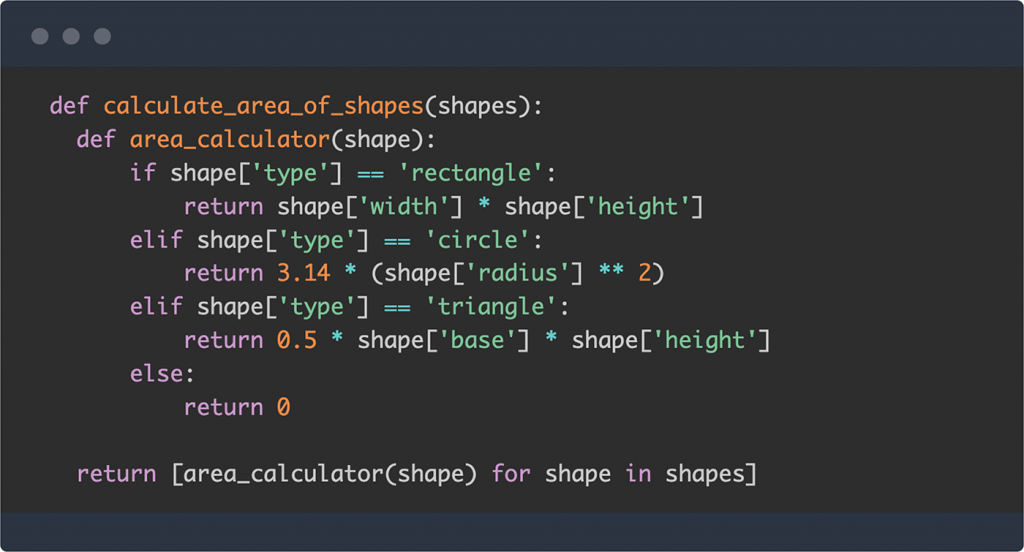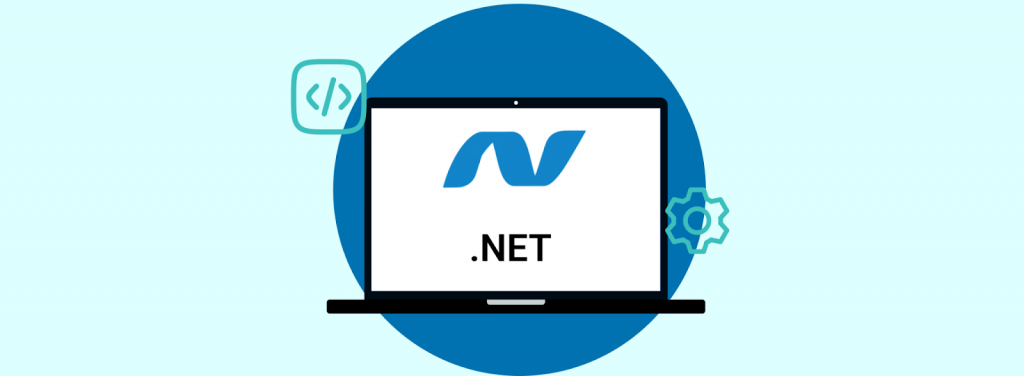Overview:-
Explore the key differences between Python and .NET, two dominant frameworks in AI, automation, and web development.
Learn when to choose each based on your business needs and project requirements.
Gain insights into their strengths, use cases, and how they can drive success for your next project.
Are you confused about selecting a tech stack these days? It is not just another choice of backend – it is a business decision. In the extremely competitive world of software, this judgment can be the difference between a successful project and one that breaks.
The language and framework you select to develop with will directly influence your time-to-market, dev costs, productivity of your team, scalability into the future, whether you are building a new product, optimizing internal processes, or leveraging AI as an advantage over your competition.
In this blog, we’ll take a look at 2 of the most popular and well-known languages. These two programming languages dominate the fields of AI, automation, and web development: Python and .NET. But which one is the best fit for your business needs?
Python Overview
Let’s take a quick look at Python and its key features that make it a top choice among developers.
What is Python?
Python is a widely used high-level, general-purpose programming language, and its ease of use, flexibility, and readability have all been contributing factors to its popularity. It’s the go-to language for backends, automation, and AI/ML. It is also so popular among researchers/startups as well as firms whose value primarily lies in data.

Python enables developers to write code faster and more maintainably than other programming languages, potentially saving development time and cutting costs. This ease of use is one of the reasons why workspaces have been able to implement it so widely, particularly for teams seeking fast iteration on prototyping.
In addition, for many use cases, Python is a powerful tool due to the numerous libraries and vibrant community. Whether you are creating Machine Learning models with TensorFlow, automating workflows with Selenium, or web development using Django, Python has the necessary libraries to facilitate your ambition and grow alongside it.
Key Features:
- Simplicity and Speed: It is faster to code and deploy, which means your products get into the market quicker.
- Rich Ecosystem: Great web frameworks (Django, Flask, FastAPI), automated tools (Selenium, Playwright), and AI/ML libraries (TensorFlow, PyTorch).
- Cross-Platform Compatibility: Write once, run it on Linux, macOS, and Windows.
- Large Talent Pool: Can find and train Python developers easily.
Great For: REST APIs, process automation, data pipelines, AI projects, and MVP web apps.

Sample code
.NET Overview
Let’s take a quick look at .NET, its key features, and where it can be used most effectively.
What is .NET?
.NET is a rich, open-source development framework that is typically used with the programming language C#. Microsoft developed this framework as intended for high-performance, scalable, and secure web, cloud, and business applications.

.NET is an inclusive platform that can be used to develop a variety of application types, spanning from desktop to mobile to web and cloud apps. It can work efficiently with high-performance tasks, complicated workflows, and huge systems, making it the favorite of enterprise application developers. Organizations rely on its security, which is part of the framework to secure sensitive data and interactions with end-users.
Moreover, one of the greatest advantages of .NET is its seamless integration with Microsoft’s ecosystem. It integrates easily with other tools like Azure, SQL Server, and Office 365 in a single shell, allowing end-to-end development and deployment.
This robust environment empowers developers with everything they need to deploy code and manage systems, enabling effective productivity and cost savings.
Key Features:
- Enterprise-Ready Architecture: Ideal for large-scale, mission-critical systems and complex requirements.
- Excellent Tooling: Full integration with the developer’s toolbox using Visual Studio, Azure, and DevOps, lending extra productivity and code quality.
- Cross-Platform Development: The new .NET (through .NET Core, and .NET 6/7) is truly cross-platform, being supported on Windows, Mac, and Linux.
- Strong Microsoft Ecosystem: Creates a strong connection with Azure, Office 365, SQL Server, and more.
Great For: Enterprise web portals, Cloud native Apps in Azure, internal systems, and automation inside the Microsoft Tech Stack.

Sample code
Python vs. .NET: Major Differences
These are some of the major differences between these two languages
1. Development Approach
Python: Developed for simplicity and fast development, with less syntax, it is very user-friendly.
.NET: Provides an object-oriented structure and requires strong typing, making it great for large systems.
2. AI & Machine Learning Capabilities
Python: Due to libraries such as TensorFlow, PyTorch, and scikit-learn, Python is the language of choice for AI & machine learning.
.NET: Machine learning supported by ML. NET, and Azure AI, but it isn’t as widely used in the data science world.
3. Automation Use Cases
Python: Great for small automation or scripting tasks (files, web scraping, or bots).
.NET: Better for larger-enterprise automation. Ideal for automating businesses using Microsoft products.
4. Web Development
Python: Has web frameworks to build REST APIs and web applications quickly, for instance, Django, Flask, or FastAPI.
.NET: Specializes in being able to create large, secure, scalable, and performant web applications in ASP. NET Core.
5. Cloud and Platform Support
Python: Lightweight and can be installed very easily on numerous platforms. It can run cloud-native development on any cloud service.
.NET: Deeply integrated within Microsoft Azure and frequently used in numerous large enterprise solutions.
How to Choose Between Python and .NET?
These are some of the ideal scenarios where you can use these languages to their fullest potential.
When to Choose Python
- Cross-Platform Flexibility: Python is supported on Linux, macOS, and Windows, and it combines well with the major cloud providers, making it a good choice for businesses regardless of platform.
- AI, Machine Learning, and Data Science Focus: Python is among the most popular AI, ML, and data science languages of choice, contributing to powerful libraries such as TensorFlow, PyTorch, and scikit-learn.
- Rapid Prototyping and Automation: With Python, coding an MVP, automating business processes, and increasing the speed of the development process are so easy.
- Cost-Effectiveness: Open-source and has millions of developers, Python is cost-effective, lowering the expense of development in general.
- Community Support and Resources: Python is supported by a vibrant and growing community of users, which can also offer tutorials, e-books, code snippets, and coaching.
- Flexible Integration with Other Languages: Seamlessly integrates with other languages such as C++ and JavaScript, so you can use a variety of tech stacks.
- Ideal for Small to Medium-Sized Projects: Ideal for startups and small businesses in need of quick development and scalability.
- Serverless Computing: Python works well with serverless platforms like AWS Lambda, helping businesses scale efficiently.
When to Choose .NET
- Enterprise-Grade Applications: Ideal for large-scale, secure applications that need to handle complex workflows and large user bases.
- Integration with Microsoft Ecosystem: Easily connected to your Microsoft Azure, SQL Server, and Office 365. Ideal for organisations already using Microsoft.
- Strong Architecture and Security: Provides static typing and security by default, which is perfect for compliant, high-performance apps.
- Cross-Platform Compatibility: .NET Core and .NET 6/7 support Windows, macOS, and Linux to accommodate different environments.
- High-Performance Web and Cloud Applications: .NET is strong for building fast, scalable web apps and cloud-native solutions with ASP.NET Core.
- Legacy System Modernization: Ideal for modernizing legacy systems, allowing businesses to upgrade older software and extend infrastructure life.
- Tooling and Developer Productivity: Includes integrated tools like Visual Studio and Azure DevOps, boosting productivity and easing development.
- Support for Microservices Architecture: Perfect for enterprises adopting microservices, allowing scalable, efficient system architectures.
Conclusion
Choosing between Python and .NET must be based on your business and particular project in the end.
Python is preferred for quick development, AI, and data science because of its flexibility and lack of complexity. Startups and small businesses will definitely benefit from this, as well as anyone doing rapid prototyping.
On the other hand, .NET is great for enterprise applications that require security and scalability, plus it plugs right into the Microsoft stack. It’s the optimal option for your large-scale, mission-critical systems.
There are pros and cons on each side, so try to evaluate your goals before deciding. Finally, knowing how to match the tech stack to your business goals will ensure long-term success.

 15+ Years of experience
15+ Years of experience



